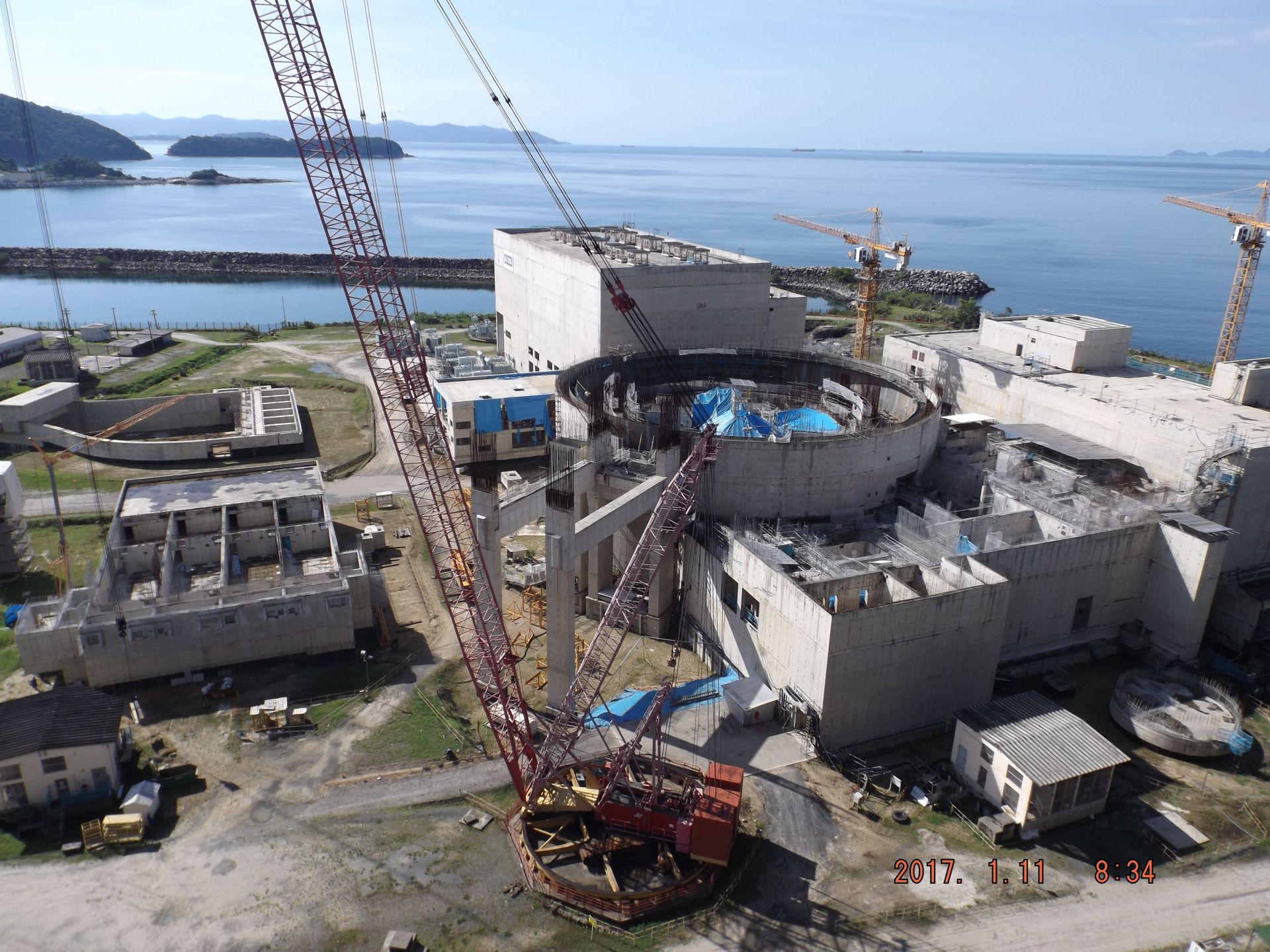Demolition of former radioisotope lab underway at ORNL

A view of the demolition of a hot cell inside a protective cover at the former radioisotope development lab at ORNL. Photo: DOE
The Department of Energy’s Oak Ridge Office of Environmental Management and contractor UCOR have begun removing the two remaining structures at the former radioisotope development laboratory at Oak Ridge National Laboratory, in Tennessee.
“This project launches our next phase of major demolition and cleanup at ORNL,” said Nathan Felosi, ORNL’s portfolio federal project director for OREM. “Our work is eliminating contaminated structures, like this one, that are on DOE’s list of high-risk facilities and clearing space for future research missions.”
The project is scheduled to be completed this spring, OREM reported on February 23.








 The Environmental Protection Agency has awarded three contracts for cleanup efforts at more than 50 abandoned uranium mine sites in and around the Navajo Nation in the southwestern United States. The Navaho Area Abandoned Mine Remedial Construction and Services Contracts, worth up to $220 million over the next five years, were awarded to the Red Rock Remediation Joint Venture, Environmental Quality Management, and Arrowhead Contracting, the agency announced on February 11.
The Environmental Protection Agency has awarded three contracts for cleanup efforts at more than 50 abandoned uranium mine sites in and around the Navajo Nation in the southwestern United States. The Navaho Area Abandoned Mine Remedial Construction and Services Contracts, worth up to $220 million over the next five years, were awarded to the Red Rock Remediation Joint Venture, Environmental Quality Management, and Arrowhead Contracting, the agency announced on February 11.
 Maybe everything really is bigger in Texas, but that’s not necessarily a good thing. The brutal winter storm that hit much of the country earlier this week struck the Lone Star State with particular severity, leaving the power grid in shambles and millions of Texas residents without power, in many instances for days. On Tuesday, at the height of the power crisis, more than 4.4 million utility customers were without access to electricity, according to
Maybe everything really is bigger in Texas, but that’s not necessarily a good thing. The brutal winter storm that hit much of the country earlier this week struck the Lone Star State with particular severity, leaving the power grid in shambles and millions of Texas residents without power, in many instances for days. On Tuesday, at the height of the power crisis, more than 4.4 million utility customers were without access to electricity, according to 
 Coordinated federal and private industry investments made now could yield an operational fusion pilot plant in the 2035–2040 time frame, according to
Coordinated federal and private industry investments made now could yield an operational fusion pilot plant in the 2035–2040 time frame, according to 